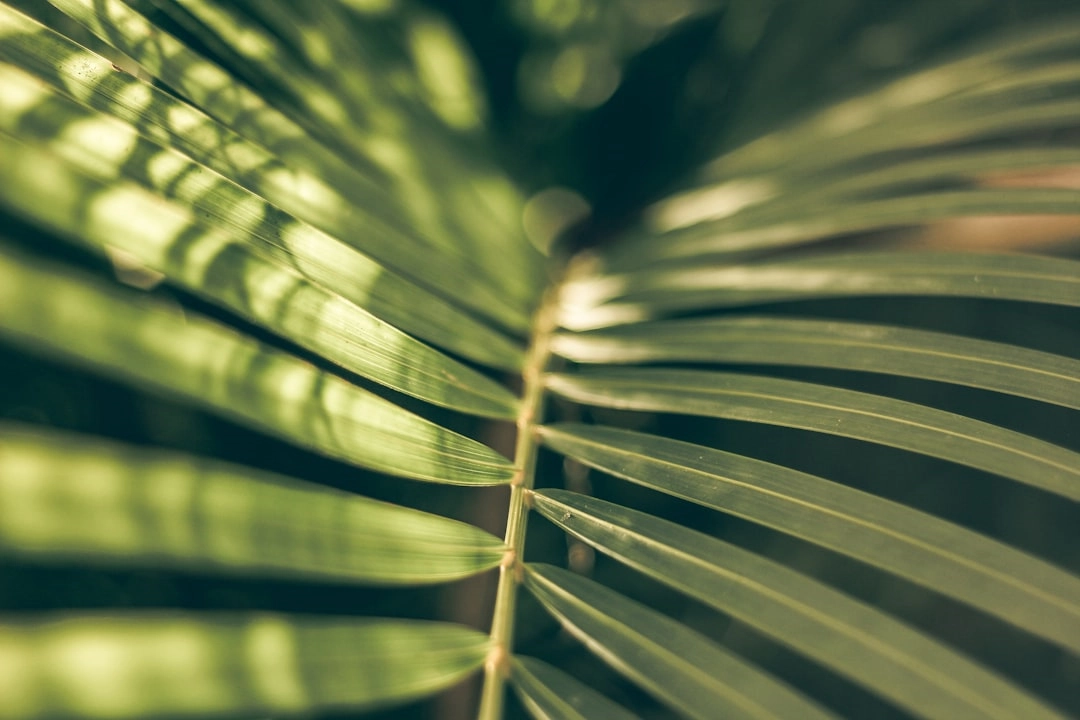
What is Natural Dyeing?
Natural dyeing is a technique that involves extracting and using colorants derived from plants, insects, and minerals to dye fabrics, yarns, or other materials. Unlike synthetic dyes, which are often made from petroleum-based chemicals, natural dyes offer a more sustainable and eco-friendly alternative. Using natural dyeing techniques allows for the creation of unique and vibrant colors, while also reducing the environmental impact associated with conventional textile dyeing processes.
Real-World Problems Associated with Natural Dyeing
While natural dyeing offers numerous advantages, there are also some challenges and considerations that need to be addressed:
1. Limited Color Palette
Natural dye sources, such as plants and insects, have inherent limitations in terms of the range of colors they can produce. Some natural dyes may only offer a narrow spectrum, making it challenging to achieve certain shades or color variations.
2. Time and Resources
Natural dyeing is often a time-intensive process that requires patience and attention to detail. From gathering and preparing the dye materials to extracting the colorants and dyeing the fabrics, each step requires careful handling and can take a significant amount of time. Additionally, obtaining a sufficient quantity of natural dye materials may require access to specific plants or insects, which can be limited or regionally dependent.
3. Colorfastness and Durability
One of the challenges with natural dyes is achieving long-lasting colors that can withstand repeated washes and exposure to sunlight. Some natural dyes may fade or change over time, requiring extra care and maintenance to preserve the vibrancy of the dyed materials.
4. Extracting and Sourcing Dye Materials
Obtaining the necessary dye materials can be a challenge in some regions, especially if specific plants or insects are not locally available. Additionally, the process of extracting the colorants requires knowledge and expertise to ensure proper handling and preservation of the dye sources.
5. Environmental Considerations
While natural dyeing is generally considered more environmentally friendly than conventional dyeing processes, there are still environmental factors to consider. For example, certain dye materials may require large quantities of water or energy for extraction, and improper disposal of dye solids or wastewater can have negative impacts on local ecosystems.
Despite these challenges, natural dyeing techniques offer a sustainable and visually stunning way to add color to fabrics and promote eco-conscious practices in the textile industry. By exploring innovative dyeing methods and collaborating with local communities, we can overcome these problems and contribute to a more sustainable and vibrant future for natural dyeing.

Solutions to the Challenges of Natural Dyeing
While natural dyeing presents certain challenges, there are solutions and strategies that can be implemented to overcome these issues:
1. Color Expansion
To overcome the limited color palette of natural dyes, mixtures and modifications can be employed to create a wider range of shades and variations. Experimenting with different mordants, dye combinations, and dye extraction techniques can help expand the color possibilities.
2. Efficiency and Scaling
To address the time and resource-intensive nature of natural dyeing, optimizing processes and scaling up production can help increase efficiency. This can involve investing in specialized equipment, streamlining workflow, and collaborating with local producers or artisans to source dye materials.
3. Enhancing Colorfastness
To improve colorfastness and durability, post-dyeing treatments like mordanting, heat setting, or natural dye modifiers can be utilized. Additionally, proper care and maintenance techniques, such as gentle washing and avoiding prolonged sun exposure, can help preserve the dyed materials.
4. Sustainable Sourcing and Collaboration
To address challenges related to dye material sourcing, focusing on sustainable and local resources can help reduce environmental impact and ensure long-term availability. Collaborating with farmers, indigenous communities, or organizations dedicated to preserving plant diversity can help establish reliable and ethical supply chains.
5. Environmental Stewardship
To mitigate environmental concerns, implementing eco-friendly dye extraction and waste disposal practices is crucial. This can involve using low-impact extraction methods, reducing water and energy consumption, and properly treating and recycling dye solids or wastewater to minimize pollution risks.
By incorporating these solutions into the natural dyeing process, we can overcome challenges, promote innovation, and create a more sustainable and vibrant future for natural dyeing techniques.















